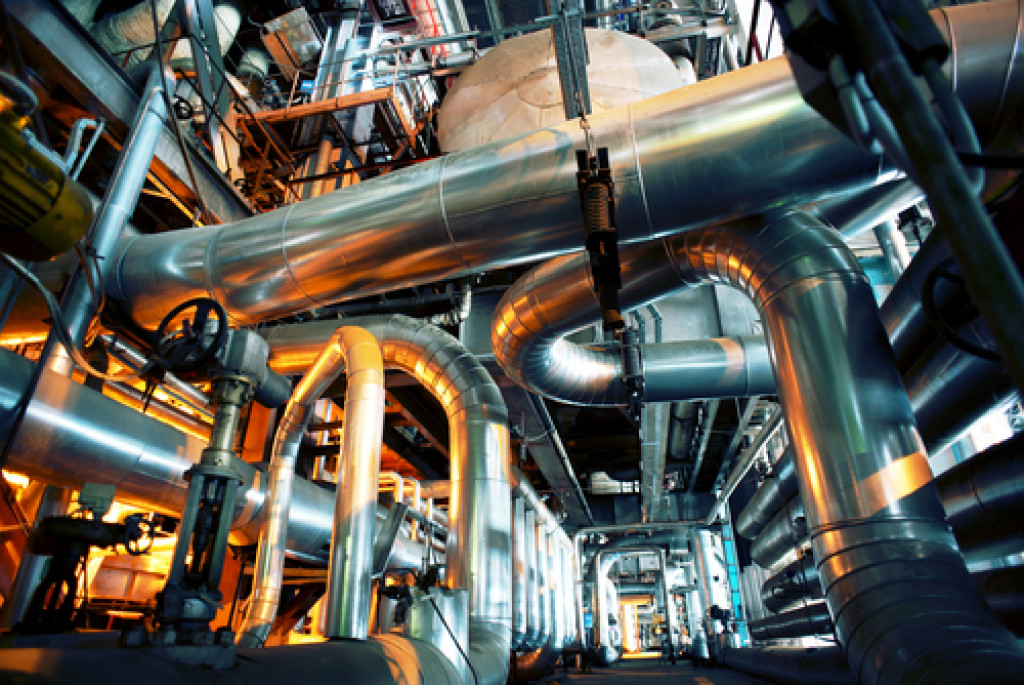- Automation can be used to control every step of the production process, from raw material sourcing to finished product delivery.
- Data analysis helps businesses identify areas where they can improve their processes, reduce energy consumption, and monitor market trends.
- Cloud computing can help businesses reduce their physical infrastructure while still accessing data from anywhere at any time.
- Artificial intelligence can detect faulty parts or products and incorporate virtual reality into the production process.
Technology has become an integral part of the production process in recent years. As a result, modern businesses are able to produce more goods faster, cheaper, and with fewer resources. But how do you leverage technology for sustainable and cost-effective production? Here’s how.
Automation
Automation is one of the most powerful tools for sustainable and cost-effective production. Automation systems can be used to control every step in the production process, from raw material sourcing to finished product delivery. Here are some aspects of automation that can be improved by technology:
Sensors and Monitoring
Businesses can use efficient automation sensors and monitoring systems to monitor the entire production process in real-time. This allows them to quickly identify any problems or inefficiencies and make the appropriate adjustments. Automation sensors also enable businesses to collect data on production speed, quality control, energy usage, and other vital metrics.
Waste and Error Reduction
Automated processes reduce waste and human error while increasing efficiency, accuracy, and productivity. This means that businesses can produce more goods with fewer resources while maintaining a high-quality level. Automation also helps reduce downtime, as machines can be quickly and easily reset if something goes wrong.
Energy Usage
Using energy-efficient technology can help businesses reduce their carbon footprint while still meeting production requirements. By replacing inefficient equipment with more efficient alternatives, companies can use less electricity and save money on their utility bills in the long run. Additionally, energy-saving software can help businesses identify areas of energy waste and take the necessary steps to reduce their overall energy consumption.
Increased Productivity for Higher-value Tasks
A great example of automation that helps in this regard is robotic process automation (RPA). RPA automates mundane tasks such as data entry, freeing up staff to focus on higher-value tasks like customer service or product development. Additionally, RPA can be integrated with existing systems to further increase efficiency and reduce errors.

Data Analysis
Another way to leverage technology for sustainable and cost-effective production is through data analysis. By gathering data on production levels, resource use, time management, and businesses can gain valuable insights into their operations.
Data analysis allows companies to identify areas where they can improve their processes in order to increase efficiency and reduce costs. For instance, if a business is using too much energy for a particular procedure, it can look at ways to reduce its usage and save money.
Additionally, data analysis can help businesses identify areas where productivity can be improved or processes streamlined. It also helps them monitor trends in their industry so that they can stay ahead of the curve when it comes to new products and services.
Cloud Computing
Businesses can also use cloud computing for sustainable and cost-effective production. By migrating their production processes to the cloud, businesses can access data from anywhere at any time.
This gives them the flexibility to respond quickly to market or customer demand changes, increasing efficiency and reducing costs. For starters, businesses can use cloud computing to store and share data, automate tasks, and create virtual teams.
Additionally, using cloud services reduces energy consumption as well as physical infrastructure, which is good for the environment.

Artificial Intelligence (AI)
Finally, AI is another powerful tool that businesses can use to optimize their operations for sustainability and cost-effectiveness. AI enables machines to learn from experience and adapt accordingly—resulting in improved decision-making capabilities throughout the entire production process.
For example, AI-powered machines can be used to detect faulty parts or products before they reach the customer. This helps reduce waste, improve quality control, and keep costs down. Additionally, AI can be integrated with other automated systems for better resource optimization and increased efficiency.
Furthermore, AI can be used to incorporate virtual reality into the production process. This can help train employees and analyze production processes so businesses can identify areas for improvement.
Technology has become an essential part of modern business operations due to its ability to help companies produce more goods faster while reducing costs and conserving resources. By leveraging automated systems such as robotic process automation (RPA), analyzing data regularly, and utilizing artificial intelligence (AI), businesses can ensure that their production processes are both sustainable and cost-effective over the long term. With these strategies in place, companies will have a competitive edge when it comes time for them to hit the market with new products or services — leading them toward success.

